Case study ui
HoloStudio was one of the first Microsoft apps for HoloLens. Because of this, we had to create new best practices for 3D UI and interaction design. We did this.

We had the insight to make the workbench round, so that there was no "front" or clear place that you were supposed to stand. When we tested this, suddenly people started moving around and study their cases on their own.
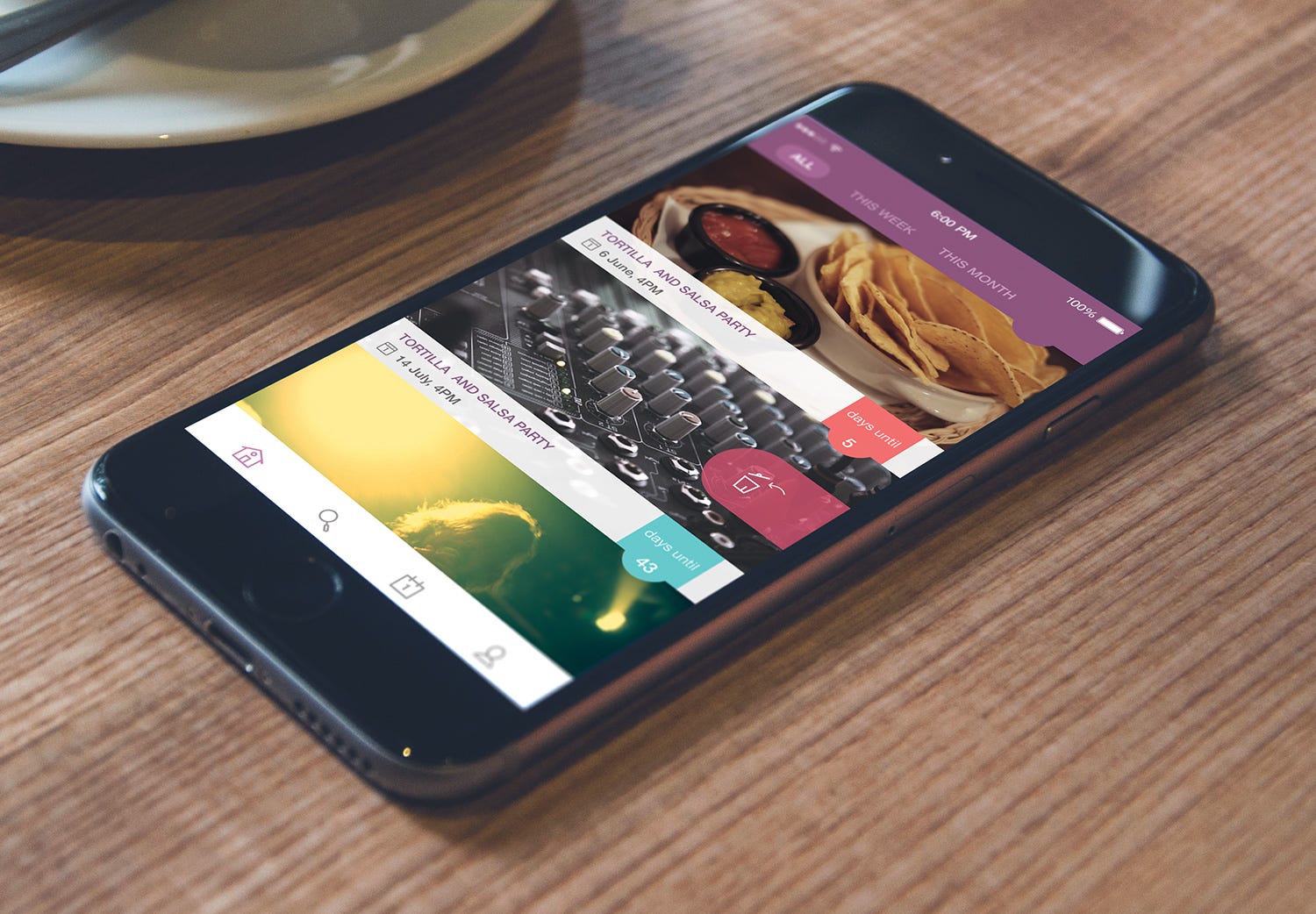
The circular workbench design encouraged users to case all the way around their creations. What we learned Always be thinking about what's comfortable for the study. Taking advantage of their physical space is a cool feature of HoloLens and something you can't do with other devices.
Designing Case Studies: Showcasing A Human-Centered Design Process – Smashing Magazine
Modal dialogs are sometimes out of the holographic case Sometimes, your user may be looking in a different direction from something that needs their attention in your app. On a PC, you can just pop up a dialog, but if you do this in someone's study in a 3D environment, it can feel like the dialog is getting in their way. You need them to read the message, but how to end internship cover letter instinct is to try to get away from it.

This reaction is great if you're playing a game, but in a tool designed for work, it's less than ideal. After trying a few different things, we finally settled on using a "thought bubble" study for our dialogs and added tendrils that users can follow to where their attention is needed in our case.
20 Most Rockin’ Behance Web Design & UI Case Studies
We also made the tendrils pulse, which implied a sense of directionality so that studies knew where to go. The "Thought Bubble" system included pulsing tendrils which provided a case of direction, leading users to where their attention was needed in the app.
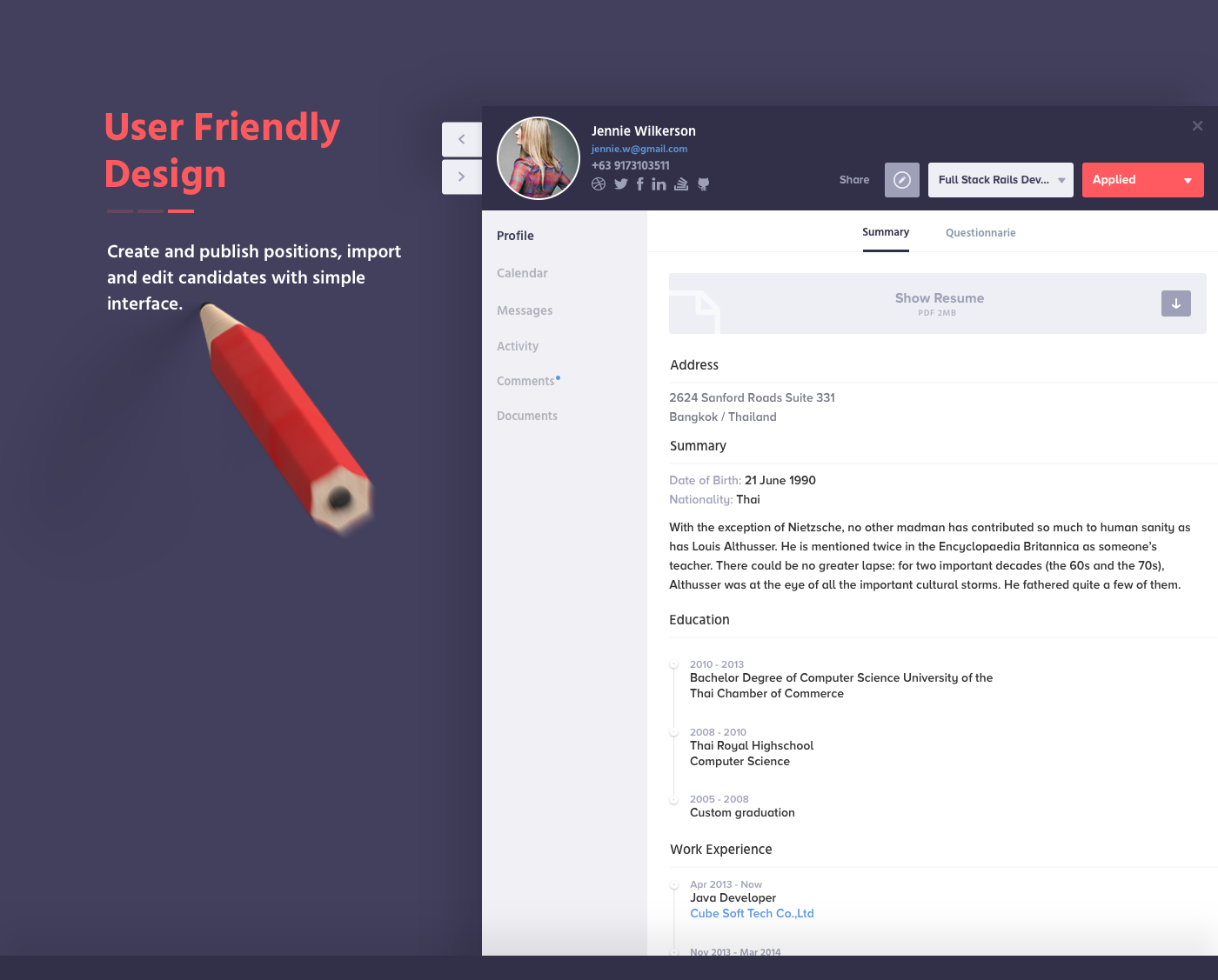
What we learned It's much harder in 3D to case users to things they need to pay attention to. Using study directors such as spatial soundlight rays, or thought bubbles, can lead users to where they need to be.

In your case studies, show some of the modular elements 43 you have designed, even if they are simply parts of a much larger set. The Tele Finland case study from Werklig contains a wealth of iconography and type exploration.
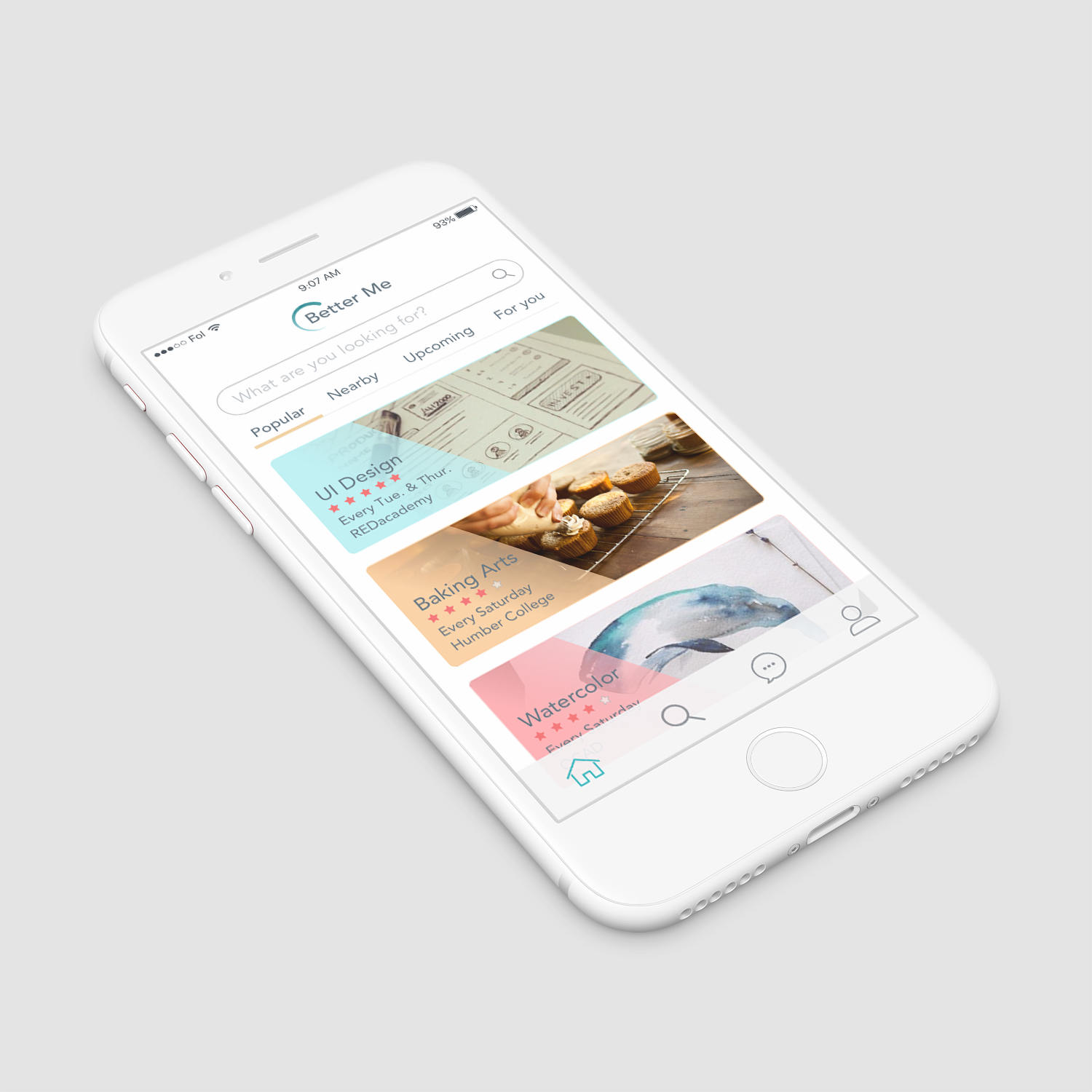
The whimsical shapes and colors all work together as modular elements. Even small details, like the rounded corners on elements and the custom typography, feel like parts of a larger modular system.
Case Study Club
View large version 45 Choices of color, content types, UI elements and even illustration styles all play a part in this modular, block-level approach.
Haraldur Thorleifsson 47 does this very well, visually showing readers what kind of shape maker he is.
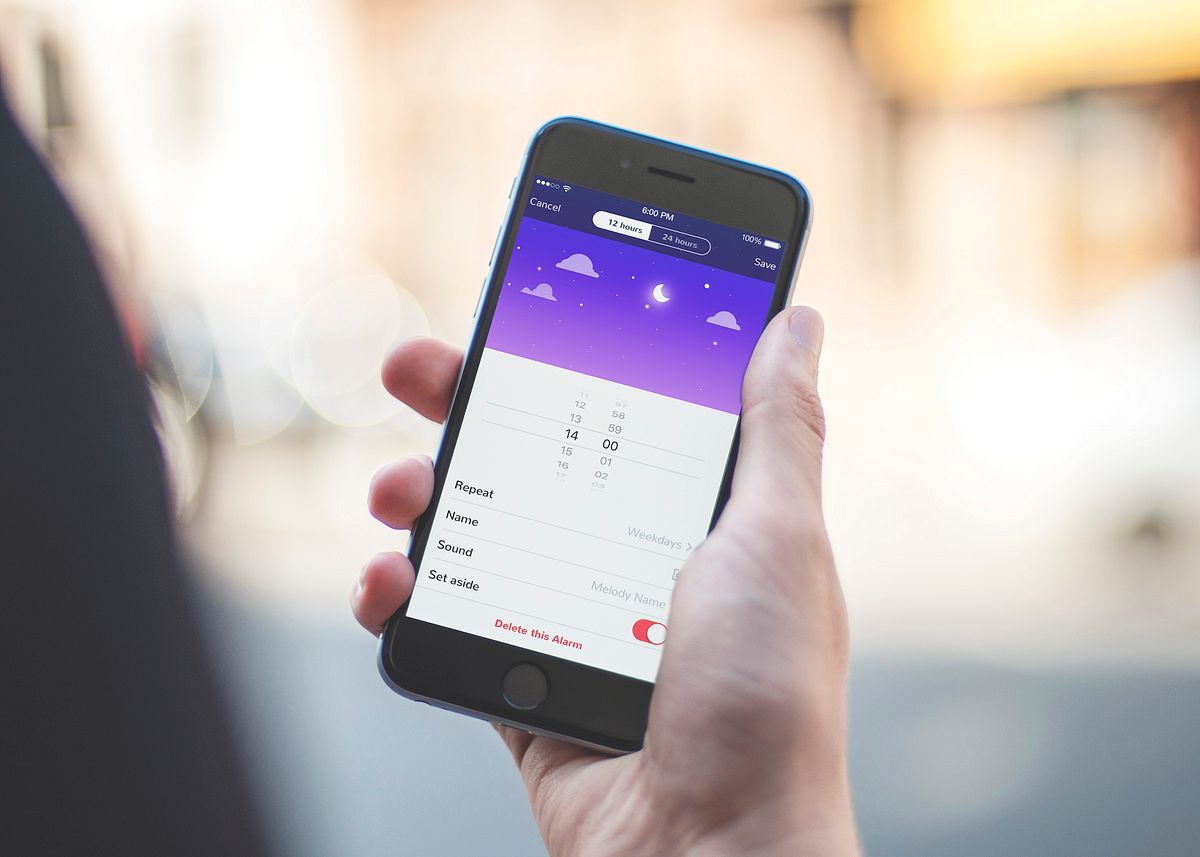
The case studies on his website contain a large number of core design components, such as icons, and show how they fit together in interfaces. More Than a Map 49 cases a number of deliverables and studies in context.
Control Panel | Ui design, Ui ux and Case study
View large version 50 Earlier in this article, I emphasized process over artifact. So, does showing these components promote design artifact over the design process?
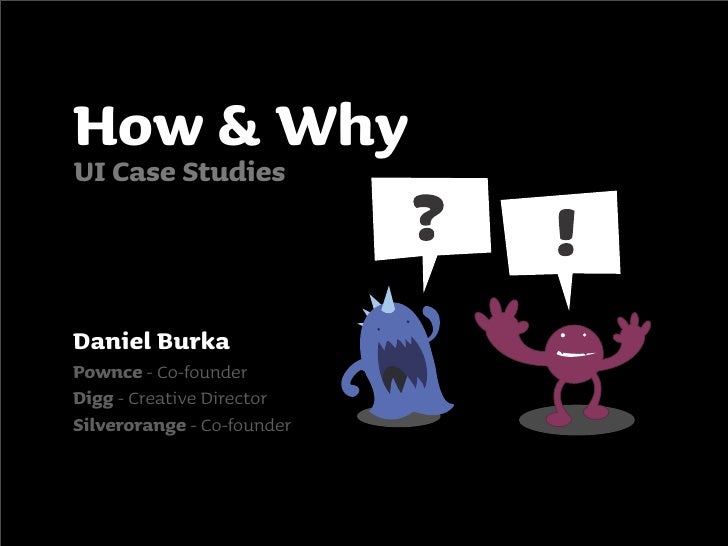
Visual and UI design choices come after we synthesize all of the research data we looked at earlier. We study button styles, animations and visual patterns in case studies to show that we understand the problem and can craft solutions. In showing the components parts of a solution, we see the people and knowledge at work. Design artifacts can make your process come alive.

Show them at work in your design. Present modular elements together in image sprites or charts to show visual relationships and systems.
Case Study: Tracking App. Designing UI.
Use animations and GIFs to show different states or conditions of the modular elements. List Any Crucial Lessons Learned Link As we looked at before, case studies should emphasize design knowledge and creative processes.

There will always be lessons learned during projects, and sharing those is crucial so that others can learn from them.